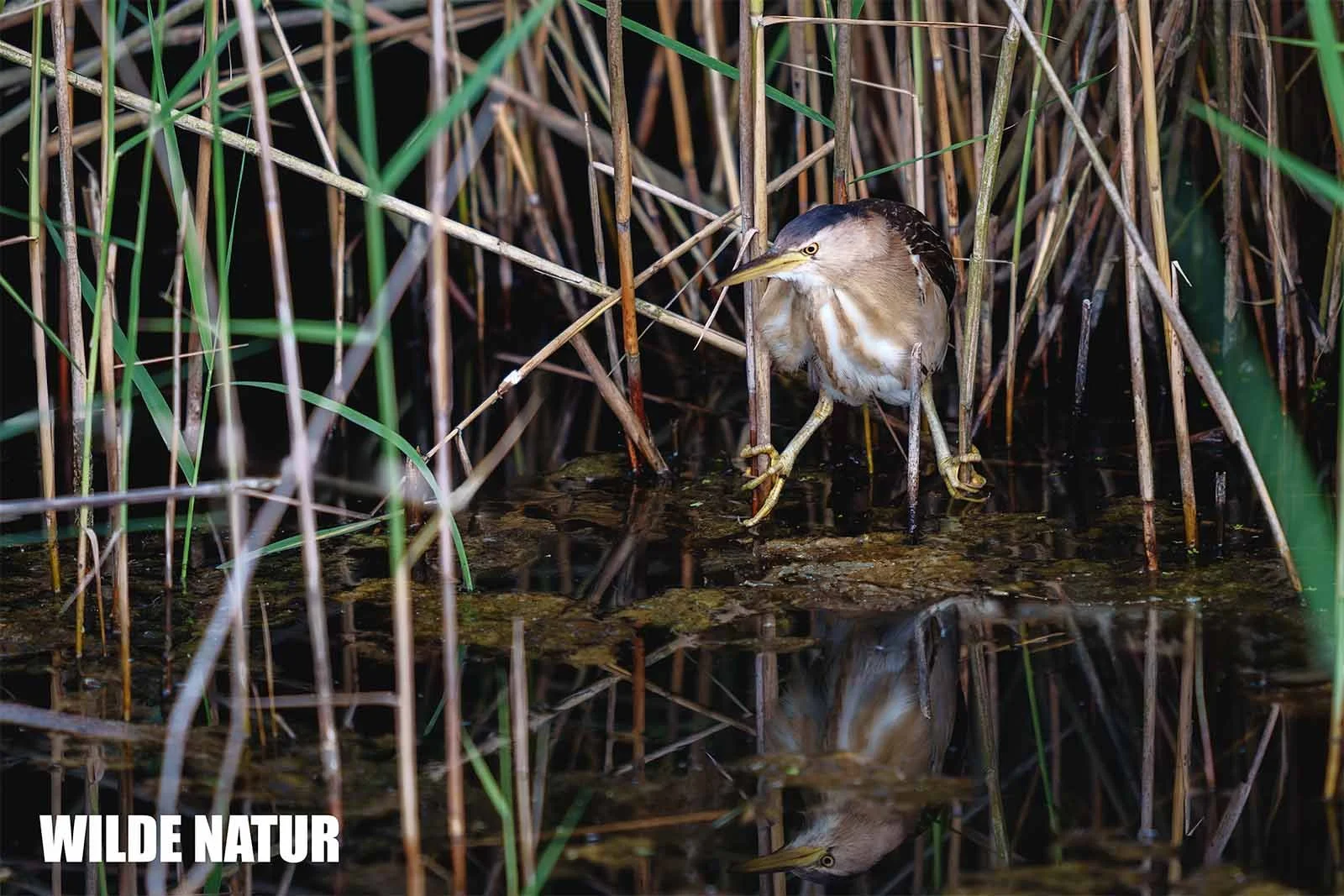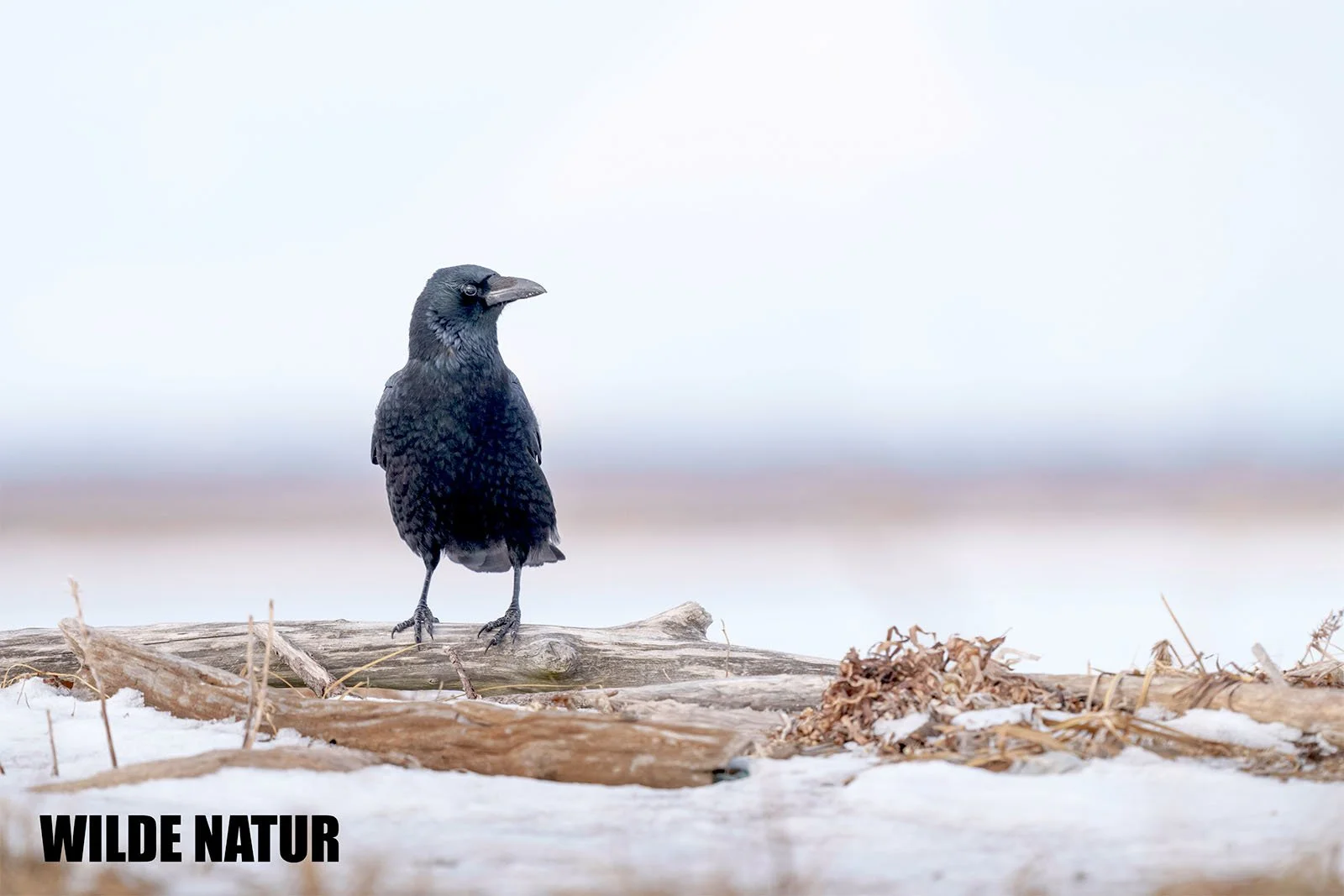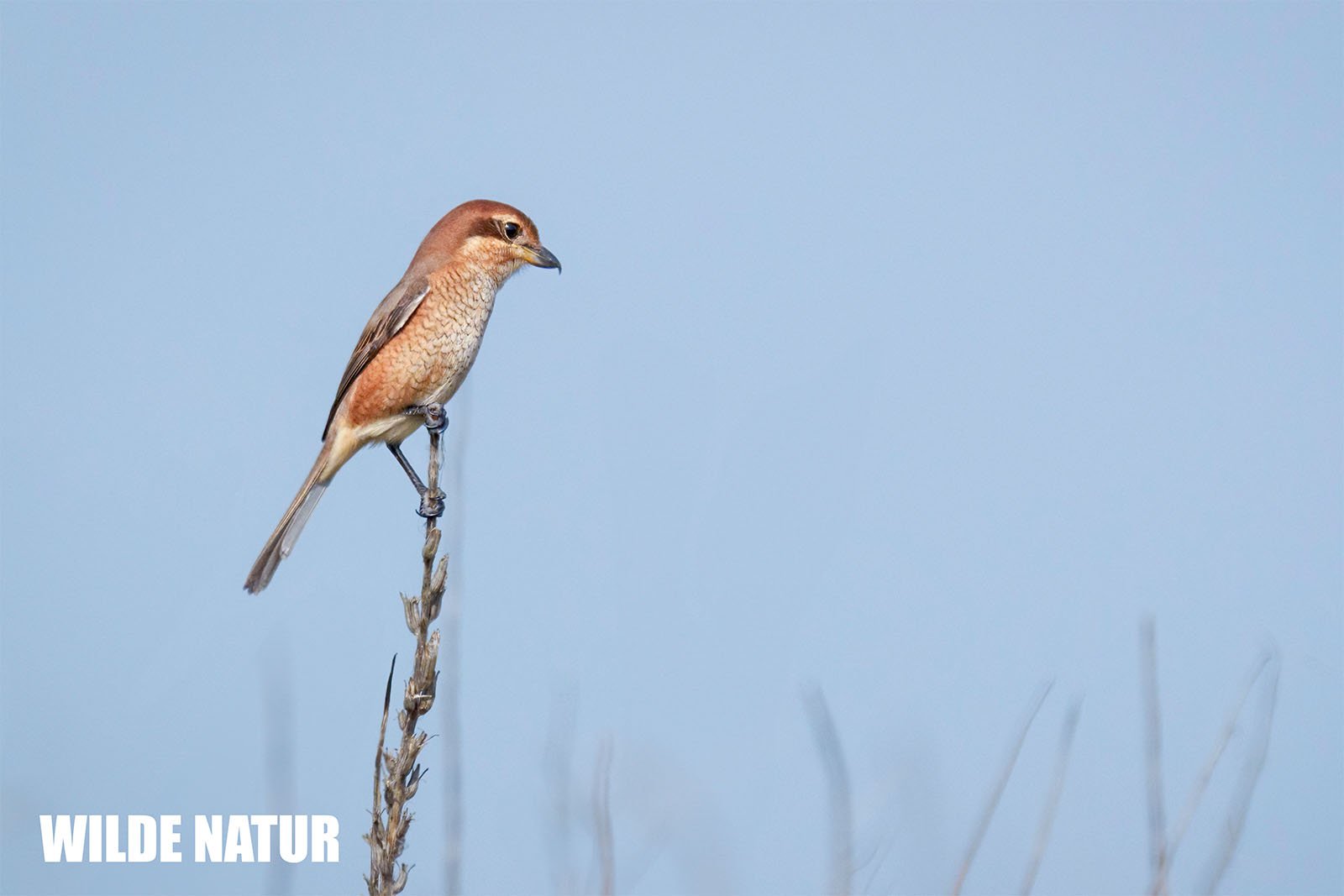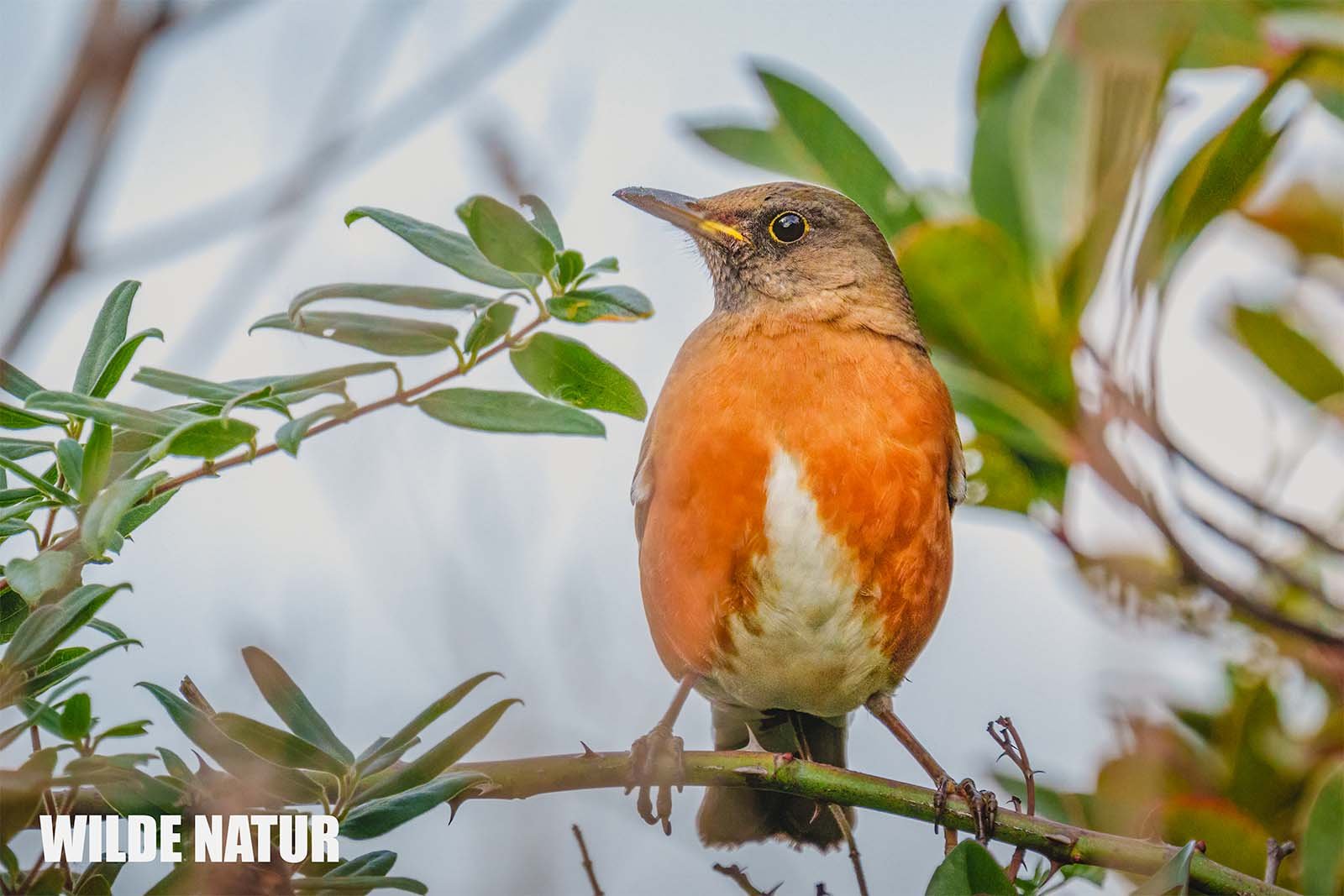Chinese Hwamei (Garrulax canorus)
Chinese Hwamei (*Garrulax canorus*) white eye-stripe perches on a branch
Chinese Hwamei – A Hidden Songbird with a Powerful Voice
The Chinese Hwamei (Garrulax canorus), also known as the Melodious Laughingthrush, is a shy but vocal bird. Rarely seen, often heard across gardens and bamboo groves in Japan.
Shortlist – At a Glance
- Scientific Name: Garrulax canorus
- Common Name: Chinese Hwamei / Melodious Laughingthrush
- Size: 22–25 cm
- Weight: 45–65 g
- Plumage: Even reddish-brown
- Marking: Distinct white crescent-shaped eye-stripe
- Diet: Insects, spiders, worms, seeds, berries
- Breeding: 3–5 eggs, well-hidden nest
- Habitat: Bamboo groves, dense undergrowth, gardens
- Behavior: Shy, sings from cover, ground forager
- Status: Introduced species in Japan, locally established
Table of Contents
- Introduction
- Size and Appearance
- Habitat
- Diet and Foraging
- Voice and Song
- Breeding
- Seasonal Behavior
- Population and Conservation
- Species Profile
- Conclusion
Introduction
You don’t often see it — but you’ll certainly hear it. The Chinese Hwamei, also called the Melodious Laughingthrush, is a bird known more for its voice than its appearance. Originally native to China, it was introduced to parts of Japan where it now thrives in quiet thickets and bamboo groves.
It keeps a low profile but fills the air with one of the most distinctive and beautiful songs in Japan’s suburban and rural green spaces.
Size and Appearance – Subtle but Recognizable
At about 22 to 25 cm in length and weighing 45 to 65 grams, the Chinese Hwamei is a medium-sized passerine bird with a slim, elongated build. Its plumage is an even reddish to chestnut brown, with no flashy patterns.
What sets it apart is its white, crescent-shaped eye-stripe, arcing backward from the eye — giving the bird its name "Hwamei," meaning "painted eyebrow" in Chinese.
Other key features:
- Bill: Pale yellow to horn-colored, slightly curved
- Legs: Flesh-toned, adapted for ground movement
- Eyes: Dark, emphasized by the white eye-stripe
- Wings and tail: Rounded, soft reddish-brown, unmarked
Habitat – At Home in the Undergrowth
The Chinese Hwamei has become established in southwestern Honshu and parts of Kyushu after being introduced from China. It prefers:
- Dense thickets and low forest
- Bamboo groves
- Traditional gardens and parks with mature vegetation
It avoids open areas, staying close to the ground in dense cover. It is shy and rarely exposes itself to open view.
Diet and Foraging – A Ground-Feeding Generalist
This species is an omnivore that feeds mostly on or near the ground, rummaging through leaf litter and underbrush.
Typical diet:
- Insects, spiders, and earthworms
- Berries, fruit, and seeds
The Hwamei forages cautiously but actively, scratching the ground or gently picking through fallen leaves.
Voice and Song – Melodic, Powerful, and Hidden
What truly defines the Chinese Hwamei is its clear, melodic song. Its voice is flute-like, fluid, and emotional — often long and expressive. Some describe it as mournful, others as rich and cheerful.
The bird usually sings from cover, making it easier to hear than to see. Its vocal beauty led to centuries of popularity as a cage bird in China and Taiwan — though in Japan, this practice has largely faded.
Breeding – Secretive Nesters
Breeding occurs from April to June. Nests are built low in dense shrubs or small trees, carefully hidden and shaped as open cups using twigs, grass, roots, and leaves.
- Clutch size: 3–5 eggs
- Parental care: Both parents share in incubation and feeding
- Fledging: About two weeks after hatching
The Hwamei keeps its breeding activity discreet and well-camouflaged.
Seasonal Behavior – A Quiet Resident
The Chinese Hwamei is non-migratory. It remains in its established territory year-round, even during winter, though it stays close to dense vegetation and is difficult to observe.
Its song can be heard in all seasons, particularly early in the day.
Population and Conservation – Stable but Localized
The Hwamei is considered a neozoon in Japan — an introduced species that has naturalized in limited regions. It is not currently endangered, but depends on quiet, undisturbed habitats.
Its spread is stable but not wide, and it tends to avoid heavily urbanized areas.
Species Profile – Chinese Hwamei at a Glance
| Trait | Description |
|---|---|
| Scientific Name | Garrulax canorus |
| Common Name | Chinese Hwamei / Melodious Laughingthrush |
| Japanese Name | ガビチョウ |
| Size | 22–25 cm |
| Weight | 45–65 g |
| Plumage | Even reddish-brown |
| Distinctive Marking | White eye-stripe (crescent-shaped) |
| Diet | Insects, spiders, worms, seeds, berries |
| Breeding Season | April–June |
| Nesting Location | Dense shrubs or low trees |
| Clutch Size | 3–5 eggs |
| Movement | Year-round resident |
| Habitat | Bamboo groves, thickets, traditional gardens |
| Conservation Status | Introduced, locally stable, not threatened |
Conclusion – Heard More Than Seen
The Chinese Hwamei is a master of concealment, but its melodic song makes it one of the most memorable birds you may never see. As an introduced species, it has found its place in the margins of Japan’s quieter forests and gardens.
Its presence is a reminder that biodiversity includes the shy, the quiet, and the subtle, and that some of nature’s most moving beauty comes not from what we see — but from what we hear.





















